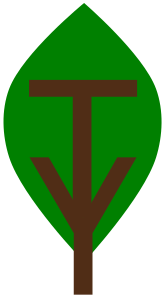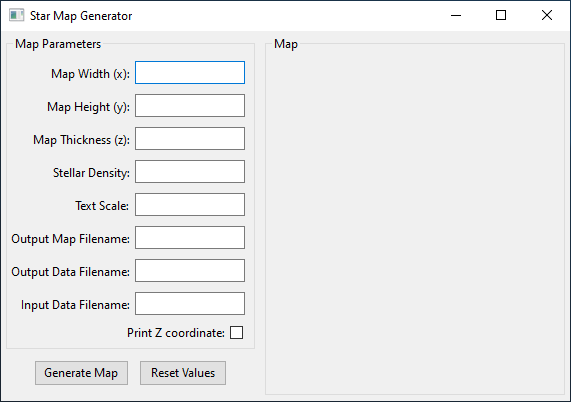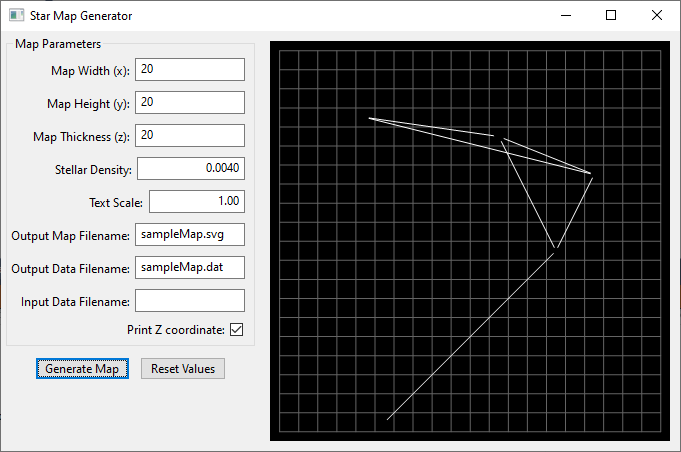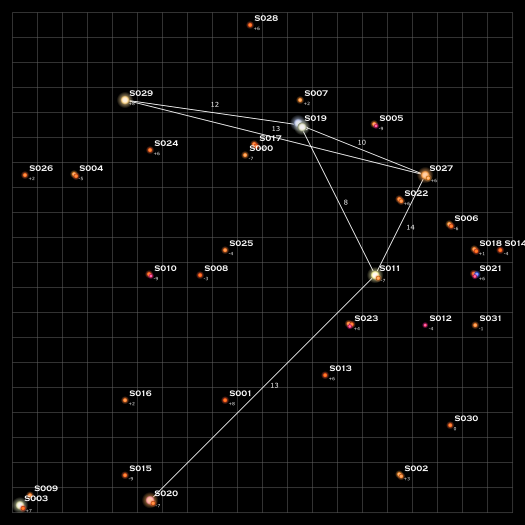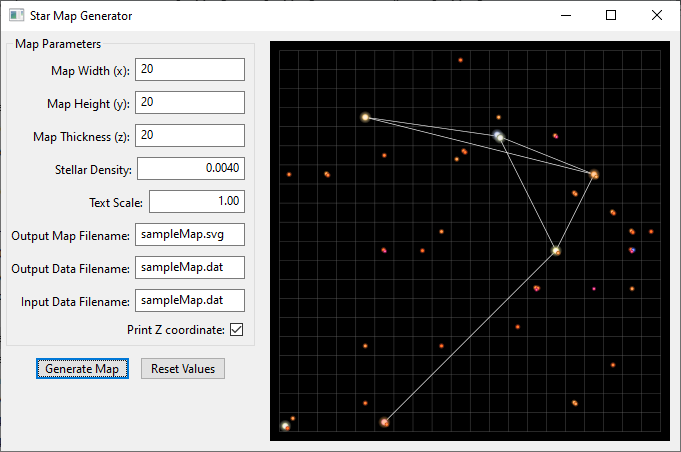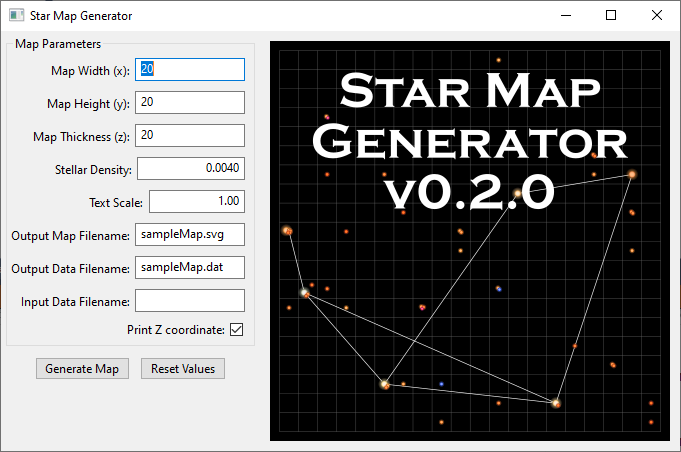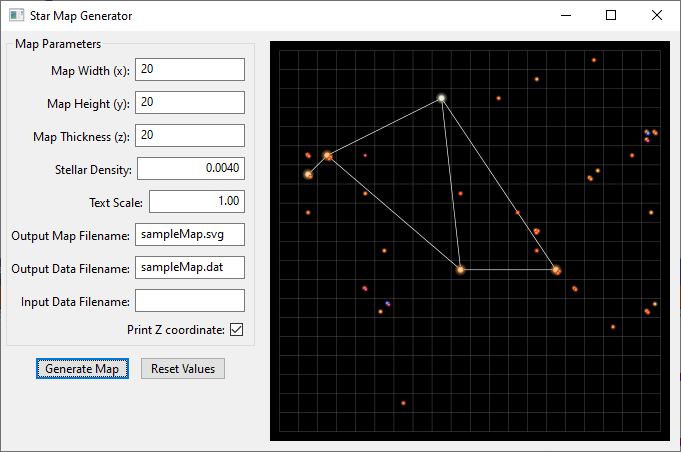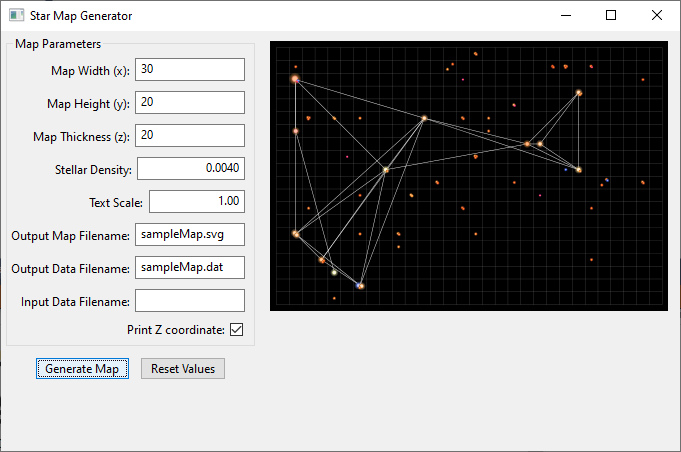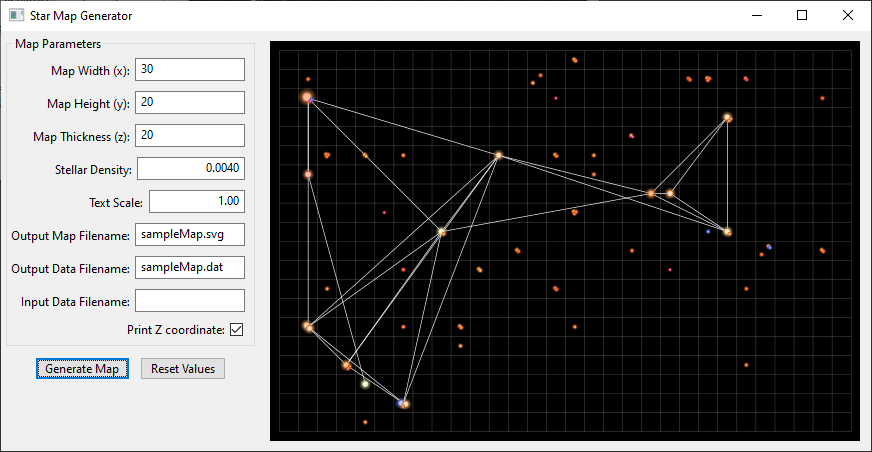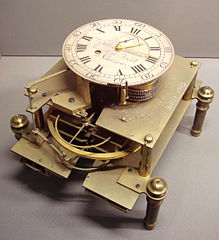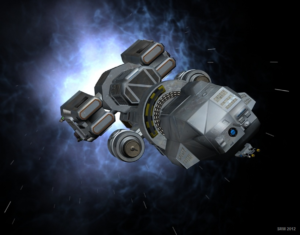This is going to be a bit of an introspective post (and a bit late again).
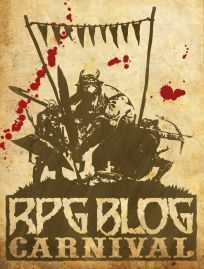
I’m a bit behind in reading through all the posts on the blogs I follow and finally read the kickoff post for August’s RPG Blog Carnival which is being hosted by Campaign Mastery. The topic is “What We Need Is/Are …” When reading the post, I had to chuckle at the comment that “more prep time” wasn’t a good answer given the current COVID-19 situation.
But to be completely honest, that really is one of the things that I need. Since the pandemic shutdowns started, I’ve actually had less free time to do gaming activities than I had before this all started. I already worked from home full time before the pandemic. My wife was still going to work every day. And I had all of my kids home full time, many of them still in school and even over the summer, trapped in the house without friends to distract them and keep them out of my hair. I could definitely use more time. But since that is off the table, I have something else to write about.
To be honest, I hadn’t planned on doing a blog carnival post this month, but as I was driving to pick up one of my kids from work (the joys of having 6 people working and only 3 cars), I was mulling over the topic and the thought hit me that what I really need, more than more time, is more focus on what I spend my time on.
And that got me thinking about all the irons I have in the fire.
Myriads of Projects
Not counting my full-time job, plus my wife and seven kids and all the things that go along with that, here’s a list of all the different hobby projects that I’m involved with or have on-going.
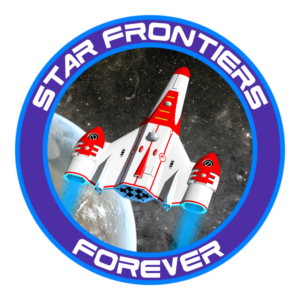
Obviously, the biggest part of my distraction revolves around the Star Frontiers RPG. For many years now, I’ve sort of been the primary torch bearer for the game in the on-line communities. With that comes a number of projects.
Websites & Social Media
To start I host all of the following websites on my personal server here at my house:
- This site
- The Star Frontiers Network (starfrontiers.info) – wiki and on-line game forums
- Star Frontiers: Join the Revival (starfrontiers.us) – forums, development projects, character generator, and other items.
- The Frontier Explorer fanzine (frontierexplorer.org) – currently active
- The Star Frontiersman fanzine (starfrontiersman.com) – currently dormant
I didn’t initially create all of those sites (just 3), but have inherited them over the years as the original owners have drifted off to other things.
With the exception of possibly this site (which is relatively new) and the Star Frontiersman site (which I rebuilt when I inherited it), the others are all in desperate need of of updating. Two of them date from 2007 and one from 2012. I have standing projects to update all of those sites to new technologies. But those are daunting tasks and require a lot of dedicated time.
In addition to the websites, I’m a founding member or admin on multiple social media platforms including a Facebook group and a Discord server. There are a few others but they are not nearly as active (or were shut down as in the case of the Google Plus group). Each of those also compete for some of my time.
Fanzines
Circling back, the Frontier Explorer fanzine is still active. With the exception of the year we took off at the request of Wizards of the Coast (due to the attempt to acquire the trademark by Evil Hat), we’ve put out an issue every 3 months. I’m getting ready to start working on issue 30. This takes up a significant chunk of my time the 6 weeks prior to each issue being released.
Related to the Frontier Explorer, I’ve done two starship technical manuals in the past that were full products by themselves and released in the “Frontier Explorer Presents” line. I’ve been asked about doing another one on the HSS History’s Hope which I’m considering. We are also in the editing and art stage on another Frontier Explorer Presents” publication that will be a short story collection based around the Khad’dan, a fan-created Yazirian honor weapon.
And we are also looking at resurrecting the Star Frontiersman magazine to be a vehicle for publishing adventures in, separate from the Frontier Explorer. I have several submissions from authors that might end up there.
Another project in this category waiting for my attention is an on-line index of all the articles from all of the fanzines and the old Dragon, Imagine, Polyhedron, and Ares articles. I have that list mostly compiled (it was complete up the the hiatus), but still need to make it searchable on-line.
Finally, there is the project to get all the articles on-line in HTML format as opposed to just the magazine PDFs. Some of that is done and we had the intention of doing that for all the Frontier Explorer articles originally, but that fell by the wayside early on (issue 7) and I’ve never gotten back to it.
Blogging
Then there is this blog. The writing of each article takes 1-2 hours, sometimes more, depending on the topic and length. And that doesn’t count all the time that goes into making the content that I’m writing about.
Which brings me to the next list. Namely projects that I’m working on related to this blog.
- Detailed Frontier Timeline
- Death at Rosegard adventure
- Ghost Ship Osiris adventure
- 3D ship models
- New starship construction rules
- probably others I’m forgetting
Long time readers should recognize the items there. Newer readers can peruse the archive to find my posts on those projects.
I have a couple of other blogs that are no longer active. One of the things I’ve been meaning to do is consolidate all the writing I’ve done on those blogs into a sort of “blog archive” on my personal site (thomasstephens.info)
Active Games
Next there are the on-line Star Frontiers games I’m either running (Skills for Hire) or playing in (a Second Sathar War game from the Knight Hawks Campaign Book). The SSW game doesn’t take up a lot of time but it does consume some. Prepping for the Skills for Hire game, on the other hand, does take a fair bit of work as I need to prepare adventure outlines, maps, etc. for each adventure. The goal was to have a weekly session. I quickly discovered that I didn’t have time to prep for that and so dropped back to bi-weekly. But recently, as my players can attest, even that hasn’t been possible. On the flip side, this prep does give me items to share as blog posts here.
Podcasts
Addendum: I completely forgot about the podcast projects until after I posted the article originally. I want to start a podcast as well a post the audio from my on-line games on-line. The game sessions are recorded. I just need to convert them into an audio format and get them posted.
As for a regular podcast, I have several ideas (and did one a decade ago) but with all the other projects, this has just never gotten off the ground. Maybe it won’t happen. But it is definitely something I want to do. One idea I’ve had is to do a discussion of the Star Frontiers rules. Start at the beginning and go through them discussing the rules, how they work, and various fan-created variations.
Other Projects
In addition to all of that, there are a few other projects kicking around. One is my Second Sathar War computer game. I started that a long time ago. It’s about 90% of the way to the full base functionality. It works (except for seeker missiles and repairs) but needs a lot of polish (and a few bug fixes). I haven’t really worked on it recently (other than to get it working on Windows 10 a couple of years back) but it’s always sitting there in back of my mind begging for attention.
Another project is a pair of books I’m writing. One is a sequel to my book Discovery. That is roughly outlined and has one small section written. The other is a Star Frontiers story set on Pale when the sathar attack that planet. That one is outlined and I have about 1/4-1/3 (~56000 words) of the first draft done. Both of those are projects I’d like to get back to.
Next, there is some freelance stuff I do including indexing games for DWD Studios (publishers of FrontierSpace), editing FrontierSpace modules for Trevor Holman, and I’m on tap to do some science nuggets to include in the upcoming Space Kids RPG by Nick Landry. Those are hit and miss but when they come up, they can take most if not all of my free time for any given week.
Finally there are my other blogs and website, most notably my personal site (thomasstephens.info) and my game company site (newfrontiergames.com) Both need a lot of work.
I’m sure there are other things I’ve worked on (and probably not finished) that could go here but this list is already long enough as it is.
Gaining Focus
As you can see from the list above, I have a lot of irons in the fire. While I’m not necessarily actively working on all of those things, they are are there hoping to gain my attention. And because there are so many options, I can get easily distracted bouncing between them all. Hence the need for more focus.
I’m not sure what the best path forward for me is right now. The Frontier Explorer and this blog are definitely my highest priorities. Mostly because I enjoy them, but partially because they actively generate some income (through their respective Patreon campaigns) that I use to keep the websites going, cover my time spent working on them, and reinvest into time or resources for other projects. If you like the magazines and the blog, and want to encourage me to keep them going, consider supporting the Patreon campaigns for the Frontier Explorer (per issue) or this blog (monthly).
Even just the blog suffers from a bit (okay, may a lot) of a lack of focus. There are a lot of topics I’ve covered and would like to continue covering. To focus on fewer of them may mean that I don’t post as often as there won’t be anything to post about. So I could see the blog slowing down if needed. I’ve been consistently getting out at least a post a week (even though some, like this one, don’t get out on time at 8am on Tuesdays) for over two years but maybe I need to scale that back a bit. The real question is where to put my focus.
For all the other projects, I think what I need is to sit down and really prioritize them. Then focus on one until it’s done and move on to the next. I think part of the problem is that the huge number of projects creates a large cognitive load as they are all vying for attention and so I can’t pick just one and I spend a lot of time thinking back and forth and don’t make any progress.
The only other thing is the on-line games. As much as I love them, they are a huge time sink and I often find prepping for the game I’m running takes all my free time and then some. Maybe the option there is to fall back to one session a month. Although they do help generate content for the blog that are inline with my original goal for the blog, namely to create and provide resources that others can use in their games.
What’s Next?
I’m not sure. This is going to take some more thinking. I might have more to say about this in my next State of the Frontier post next week. Or it may take a bit more time to sort all of this out. School just started and that might free up time (as I have the kids around less during the day and so get less distracted from work that I have to make up later) or if they shut down due to COVID-19 again, it may mean less free time like it did last March and April.
But this is a chance for you, dear readers, to chime in. Which of all the projects I’ve listed above would you like to see more of? Which should I focus on? Share your thoughts in the comments below.
